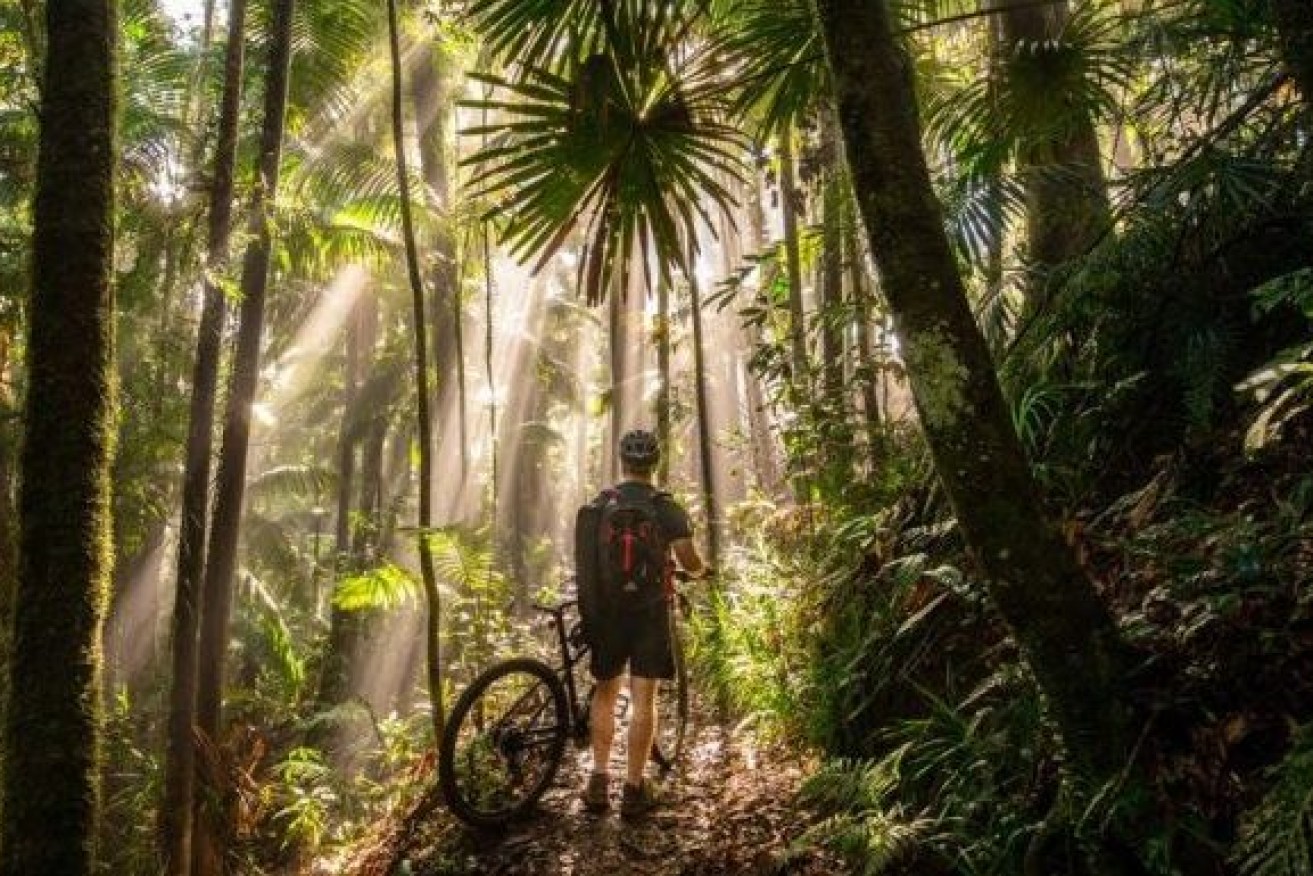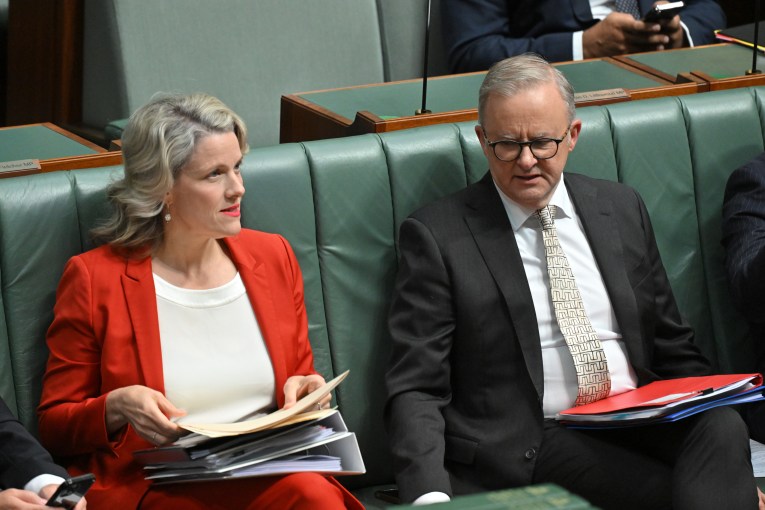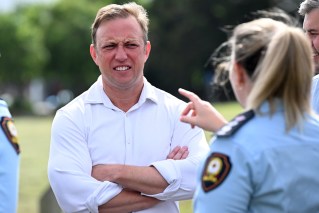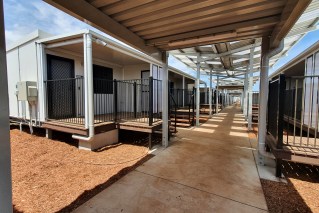Can’t see the forest for 20 million trees, but planting plan turns out to be a failure
A much-touted scheme to plant 20 million trees nationwide was driven by cost factors not outcomes for threatened species, a new study has found.

A team of researchers will look for new species in North Queensland's rainforests. Photo: ABC
The federal government program, which began under the Rudd government and continued under others, delivered only “meagre” results for imperilled plants and animals, James Cook University researchers say.
That’s despite conservation outcomes being a key objective for a program substantially funded with cash for threatened species recovery.
PhD candidate Jayden Engert and Professor Susan Laurance studied successful and unsuccessful grant applications to understand how decisions were made.
Applications were approved or denied primarily based on the cost per tree, not the best projects for threatened species, says Mr Engert, the lead author.
Contrary to published grant guidelines, simplistic value for money considerations trumped biodiversity and another of the program’s key objectives – carbon reduction.
Projects were more likely to be funded when the cost per tree was less than $5. Projects with a tree cost of more than $10 were almost never funded.
The researchers say it’s a fraught approach given seedlings of woodland eucalypts might cost just a couple of dollars compared to $14 for some tropical rainforest trees.
Trees also differ in their value to broader ecosystems, such as their ability to provide food or shelter for threatened animals.
“Funds for this program were intended to be used for threatened species recovery … however, we found that the actual on-the ground restoration of habitat for the majority of species was meagre,” Prof Laurance says.
The researchers say future projects must be guided by more meaningful calculations, such as cost per hectare of threatened species habitat.
And while better decision making is crucial for restoration projects, Mr Engert points out land clearing robbed Australia of almost one million hectares of vegetation in the five or so years that the program was active.
It has now ceased, with a total of more than 29.5 million trees planted across 30,000 hectares.
AAP has sought comment from the federal environment department.
The findings come at a crucial time, with Australia in the grip of a biodiversity crisis and close to 2000 species on the threatened list.
Environment Minister Tanya Plibersek has vowed to ward off any new extinctions, to arrest the shocking decline in Australia’s environmental health, and to begin the restoration process.











